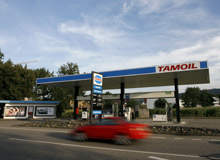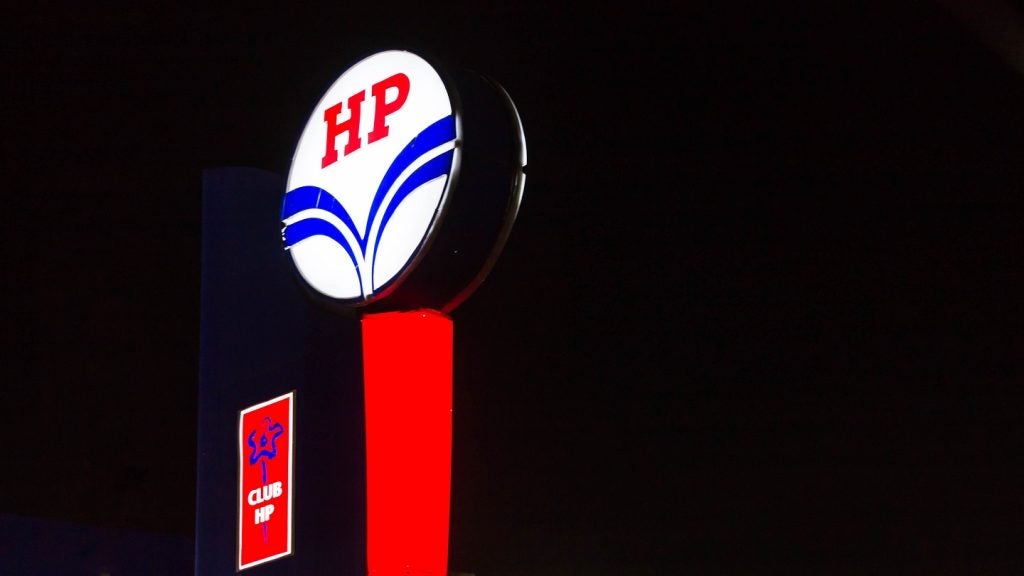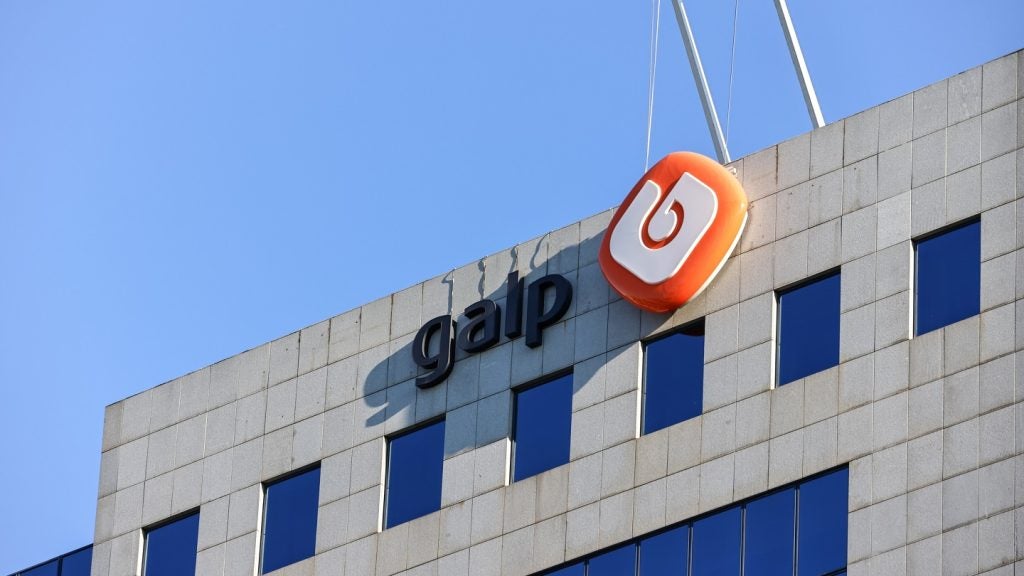
The global economic meltdown is forcing oil exporting countries to take drastic steps to curb rapidly falling crude oil prices. As oil prices have plummeted more than 70% (around $100 a barrel) over the past year, Libya's leader Muammar al-Qadhafi is looking into the possible nationalisation of its oil industry in order to gain more state control over production and raise oil revenues.
Talks about nationalisation of the oil industry in Libya came after Libyan National Oil Corporation (National Oil Company of Libya) released a report suggesting that the officials want to modify the existing policy based mainly on production sharing agreements. Such concern over its oil reserves comes as little surprise. Libya's hydrocarbon exports account for more than 98% of total merchandise exports and the revenues from the oil and natural gas sectors amount to more than half of the country's gross domestic product (GDP).
In 2008, tempted by higher crude oil prices, Libya entered into billions of dollars' worth of contracts. But following the fall in crude oil price by more than $100 a barrel, this is now creating problems for the Libyan Government. According to Muammar al-Qadhafi, Libya is studying the possible nationalisation or increasing state control of the oil production under IOCs to gain better influence over oil prices and the ability to halt or reduce production. To lift the oil price from the current levels, the country is also contemplating reducing production beyond OPEC quotas. However, Muammar al-Qadhafi also added that if the crude oil price goes up again ($100 a barrel) the idea of nationalisation would be discarded.
Libya's oil-rich history
Libya is the third-largest oil producer in Africa after Nigeria and Angola, and has estimated reserves of around 43.7 billion barrels with plans to add another 20 billion barrels by 2015. The Libyan National Oil Corporation (NOC) claims that Libya's reserves could be as high as 144 billion barrels of oil.
See Also:
Libya offers substantial unexplored potential given that only 25% of its oil and gas acreage is covered by exploration licenses and most of Libya has not been explored using modern techniques. It is considered as one of the few countries left in the world where potentially large field discoveries are still possible.
How well do you really know your competitors?
Access the most comprehensive Company Profiles on the market, powered by GlobalData. Save hours of research. Gain competitive edge.

Thank you!
Your download email will arrive shortly
Not ready to buy yet? Download a free sample
We are confident about the unique quality of our Company Profiles. However, we want you to make the most beneficial decision for your business, so we offer a free sample that you can download by submitting the below form
By GlobalDataLibya plans to nearly double crude oil production by 2012 with an investment of $30bn-$40bn. The country also wants to become a major natural gas producer and aims to increase production to three billion cubic feet a day (bcfd) by 2010, with a potential for 3.8bcfd by 2015, compared with 2.7bcfd now.
In the past Libya has paid a heavy price for the fiscal changes and political isolation. In 1970s, Libya nationalised many IOCs oil company interests. Many US companies pulled out when the US and UN imposed sanctions in 1986. To some extent, Libya was able to manage consequences of the US withdrawal by involvement of non-US IOCs, particularly European companies, with whom the country enjoys a special relationship. Several European countries have extensive trade relations with Libya and
nearly all Libyan oil is sold to European countries such as Italy, Germany, France and Spain.
Oil production peaked in 1970 at 3.3 million barrels a day. Production declined thereafter and dipped to 0.97 million barrels a day by 1987.
Disputes with concession holders, a lack of exploration and exploitation activity, nationalisation of the oil industry, downward revision of Libya's OPEC quota in 1982 and sanctions and the withdrawal of US companies from Libya caused production decline in the country. Production remained at less than 1.5 million barrels a day until 2004 and increased to average 1.67 million barrels a day in 2007.
Return to Libya
In September 2003 the UN Security Council officially lifted its sanctions over Libya. On February 26, 2004, following a declaration by Libya that it would abandon its weapons of mass destruction (WMD) programmes and comply with the Nuclear Non-Proliferation Treaty (NNPT), the US lifted its sanctions on the country. With the easing of sanctions by the US and UN and opening foreign investment through a series of licensing rounds since 2004, several IOC and NOC companies from US, Europe and Asia are in the process of returning to Libya after an absence of nearly 20 years. The country has transformed itself in terms of attracting investment from IOCs.
When the crude prices rose to record levels in 2008, the country started renegotiating oil contract terms with major oil companies (Petro-Canada, Occidental, OMV and Eni) and as a result made extra $5.4bn in oil revenue ($2.4bn from tightened production-shares and higher taxes and $3bn in one-off signatory fees) from start of 2008 till September 2008. However, with the fall in the crude oil price and OPEC putting further restriction on oil quota, Libya's de facto leader Muammar Al-Qadhafi has started looking into the possible nationalisation of the country oil and gas industry.
Given the country's previous experience of hasty nationalisation, it seems likely that the threat of nationalisation is merely focused on getting more international attention to stir up uncertainties in the global markets, and thereby causing crude oil price to raise and aid OPEC's policy of significant production cut.
Libya is in dire need of both capital and technology to boost its production. Many Libyan oil fields are mature and require enhanced oil recovery (EOR) programmes to enhance oil production. Nationalisation of oil industry will only result in pull out by major oil and gas companies with capital resources and technological capabilities.
Current multinational operators in Libya (including Repsol YPF, S.A., Eni SpA, Petro-Canada) have also said that they see no possibility of Libya nationalising its oil sector.
Will Libya go national?
Since the removal of sanctions by the US and the UN in 2008, four licensing rounds have been held in Libya, attracting significant interest from IOCs from Europe, Asia and the US. However, Libya's history of sanctions, inefficient bureaucracy and bureaucratic delays still discourage many firms from doing business there.
Libya's economy is highly dependent on oil revenues and the nationalisation of oil production will only result in falling oil revenue and loss of market share in Europe. During late 2007 and early 2008, Libya successfully renegotiated major contracts with four major IOCs (Petro-Canada, Occidental, OMV and ENI) to secure better terms for the country and this helped to generate more oil revenues for the government.
Given Libya's need for investment and technology to improve its oil and gas industry, it is highly unlikely that the country would opt for nationalisation. The call for nationalisation can be seen as a precursor to the upcoming contracts negotiation with the oil majors and other international players and an attempt to pressurise them to accept tougher fiscal terms.
The original GlobalData viewpoint is available for purchase at www.global-market-research-data.com.





